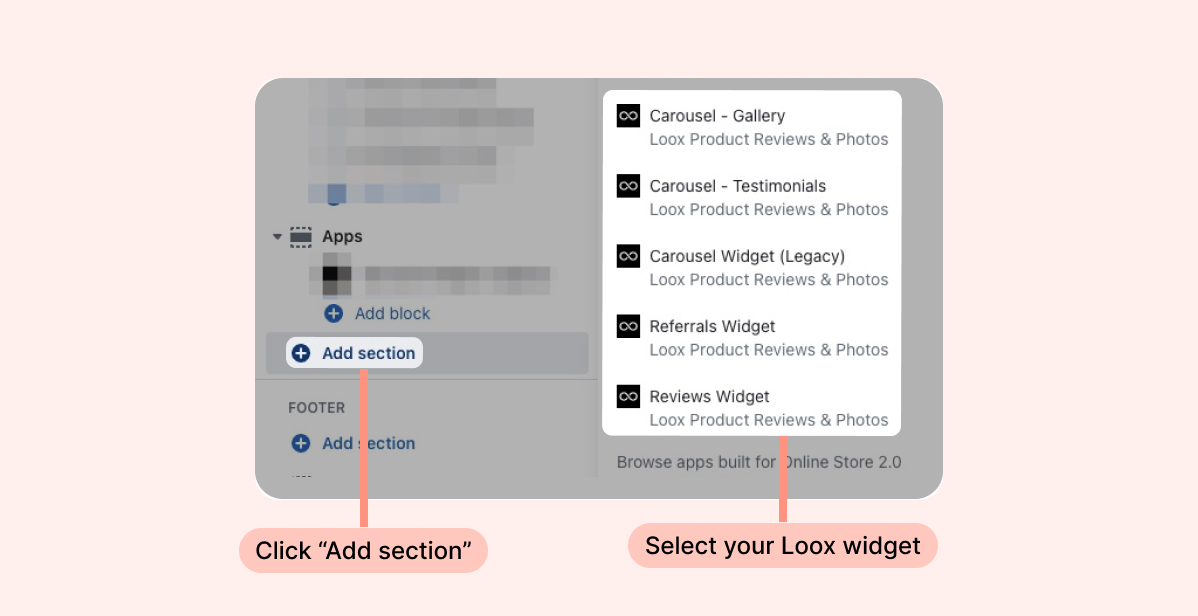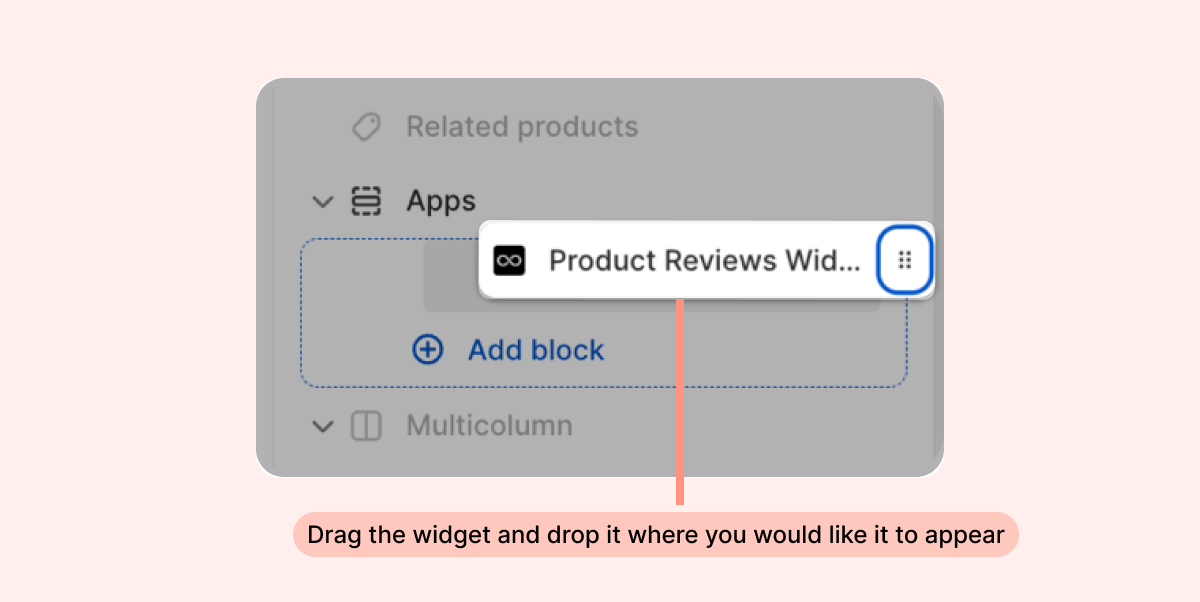Custom questions help you answer potential customers' questions about your store or products, boosting their confidence and improving their buying experience.
In this guide, we'll explore how to effectively use custom questions to showcase your product's unique selling points, gather valuable feedback, and ultimately drive more conversions.

What are custom questions?
Custom questions can be added to your Product Review form to highlight your selling points and unlock deeper customer insights. You can format custom questions in 3 ways: Rating scale, Multi-select, and Single-select. Display your customers’ answers publicly on their reviews, or keep the answers for internal feedback.
When to display answers publicly vs. keep them as internal feedback
- Publicly: Highlight specific selling points of your product to drive potential customers to purchase more confidently. Use custom questions to gather and display information from previous customers to address common concerns and emphasize key features.
- Privately:Collect valuable feedback on your products and services to better understand your customers’ experiences. Use this information to refine your product and marketing strategy.
How to use custom questions
1. Identify your product's selling points
Start by pinpointing what makes your product unique and appealing. This could include:
- Common questions: For example, buying clothing online can be difficult because sizing varies. Shoppers often want to know if a product is true to size or runs bigger or smaller than average. If you sell skincare products, customers want to understand how the product affects their specific skin type to decide if it’s suitable for them.
- Differentiators from similar products: Highlight qualities that set your product apart, such as faster delivery times or superior quality compared to competitors.
Tip: If you’re unsure about your product’s selling points, use custom questions to uncover them. Ask your customers targeted questions and keep the answers for internal use to gain insights into what they value most about your product.
2. Craft questions addressing specific selling points or gaining customer insights
Once you've identified your product selling points, you can create targeted questions.
- For example, to gather fit information, you might ask, 'Is this product true to size?' or 'How does it fit?'
- For skin type information, you could ask, 'What is your skin type?'
3. Choose the right question format
Rating scale: This format is ideal for questions where the response falls within a range. For instance, you might ask, "Is this shirt true to size?" with answers ranging from "Runs small" to "Runs big," with a few options in between. Another example is, "How comfortable are your running shoes?" with answers ranging from "Very uncomfortable" to "Very comfortable."

Multi select: This format is perfect for questions where you’d like customers to select multiple options. For example, you could ask, "What are your favorite things about X brand?" with answers such as "Quality of products," "Customer service," and so on. Another question could be, "How is the sound quality of your headphones?" with options like "Clear" "Balanced" "Bass-heavy" and "Poor."

Single select: Best suited for questions requiring a single answer. Examples include, "What is your skin type?" or "How did you hear about us?"

Tip: Don't overload the customer with too many questions; we recommend adding a maximum of three.
4. Add a label
A label determines how a question will be presented when displayed on your store. For example, if a custom question in the review form asks customers, "What is your skin type?" the label could be "Skin Type." This label will then appear on their review, showcasing the customer's answer below it. This clear presentation helps potential customers quickly find relevant information.

5. Apply to relevant product collection
Now that you’ve set up your custom question, its time to make sure its linked to the right product. By applying questions to relevant product collections, you’ll gather more meaningful feedback and insights tailored to each product type.
For example, if you sell both clothing and skincare products, apply questions about fit to your clothing collection and skin type questions to your skincare products. This way, you’ll get the most relevant feedback for each product type.
6. Add these questions to your review form and analyze the answers
Once you've added custom questions to your Product Review form and started receiving responses, make sure to regularly monitor and review them. This is where you’ll find valuable insights from your customers. Look for trends in the reviews, both in the responses you display and the ones you keep for internal feedback. Identifying these trends is a great way to pinpoint your product’s selling points or understand what needs improvement to enhance the customer experience.
Wrapping up:
Adding custom questions is a great way to highlight your selling points to potential customers and increase conversions. They’re a great tool to gain targeted feedback from your customers - at scale. Don’t miss out on this opportunity to hear more from your customers, because their experience and satisfaction drives your business at the end of the day.





.png)













%20(1).png)
.png)




.png)

%25202.png)
.png)
.png)
.png)
.png)
.png)
.png)




.png)
.png)













.png)







%20(1).png)






.png)











